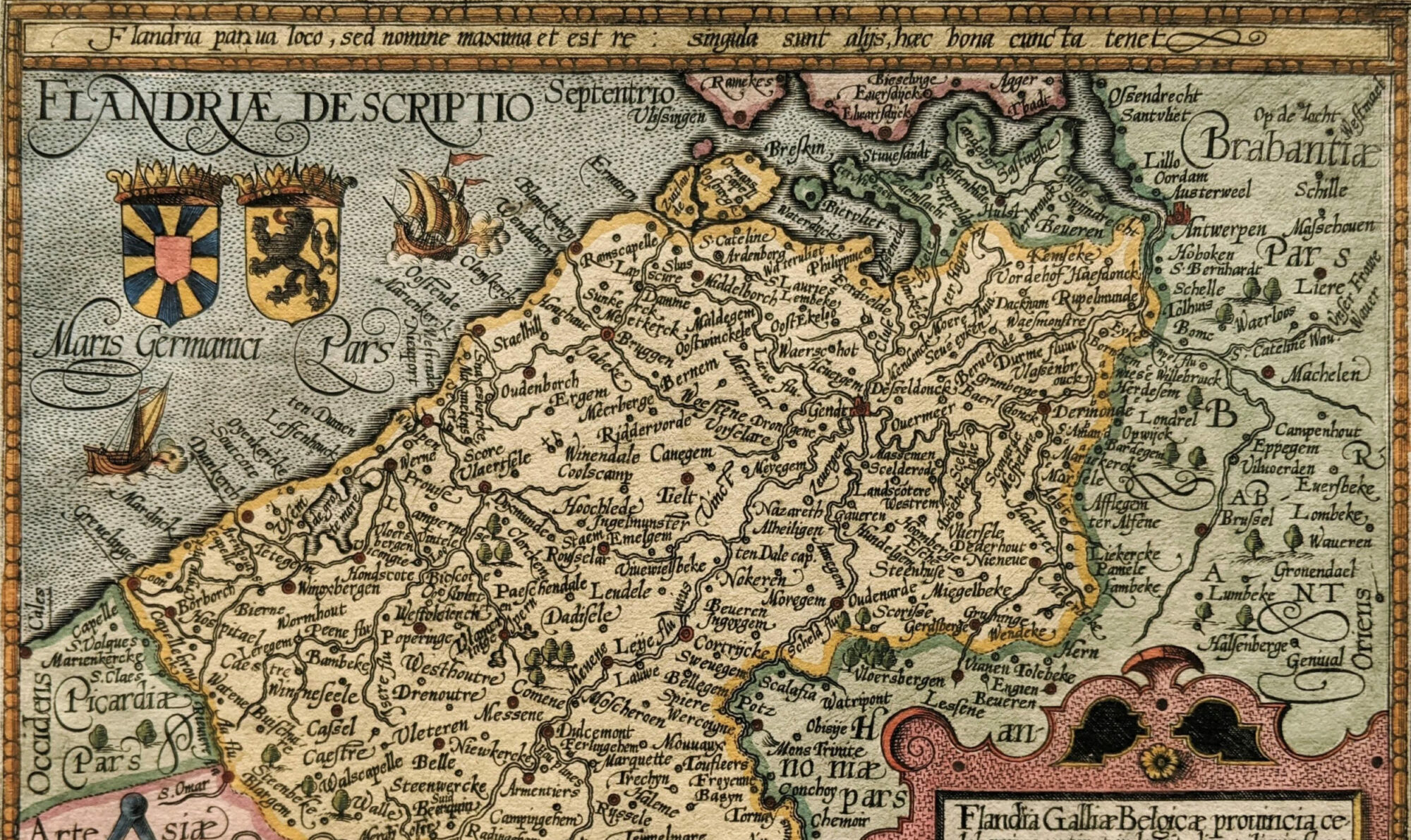Objects of Devotion. Religion and its Instruments in Early Modern Europe
How were religious ideas and practice realized through interaction with objects? How did the presence of sculptures, paintings, books, and church furniture—their visibility, tactility, and materiality—help form attitudes toward devotion, sacred history, and salvation? In other words, how did people think with things—both clerics and lay devotees? What was the complex role of sacrament houses, altarpieces, pulpits, jubés, and baptismal fonts in molding ideas about the central tenets of Christianity? How did statues of Christ and the saints make both present and problematic these issues—particularly when they involved performances: carried about the town, taken down from the cross and laid in the sepulcher, or lanced to emit spurts of blood? How did tombs help form ideas about the body, its mortality, and the hope of resurrection? How was the material of these objects comprehended—and what were the consequences of choosing sculpture over painting or selecting one stone over another? How were statues of Christ transformed when real hair was attached to their heads? How did lay, unoffical devotional practice differ from institutionalized forms of piety and how did they both influence each other? How did objects sustain both the status concerns and the often very precise religious beliefs of their patrons? Rather than verify these readings through early modern texts, we recognize both texts and objects as opaque cultural references that must be interpreted according to complex conventions and triangulated to offer compelling readings.
 Historians of the late medieval and early modern period have created an antithesis between spiritual (inward) and physical (outward) devotion, branding the latter as superficial, ritualistic and mechanistic. More generally, from the first Protestant historians to Max Weber and his followers, the Reformation has come to be represented as the classic watershed between material, magical devotion and spiritual, rational belief. In a similar vein, art historians have opposed the notion of the medieval cult image, material and functional, to the early modern work of art, subject to aesthesis (Carolyn Walker Bynum, Hans Belting). Yet, does it make sense to distinguish between late medieval and early modern religious culture, given the fact that the definitions and boundaries of these periods are notoriously problematic and considerably overlap? To what degree have these differing traditions dictated separate approaches to these objects and their role in forming beliefs and practices?
Historians of the late medieval and early modern period have created an antithesis between spiritual (inward) and physical (outward) devotion, branding the latter as superficial, ritualistic and mechanistic. More generally, from the first Protestant historians to Max Weber and his followers, the Reformation has come to be represented as the classic watershed between material, magical devotion and spiritual, rational belief. In a similar vein, art historians have opposed the notion of the medieval cult image, material and functional, to the early modern work of art, subject to aesthesis (Carolyn Walker Bynum, Hans Belting). Yet, does it make sense to distinguish between late medieval and early modern religious culture, given the fact that the definitions and boundaries of these periods are notoriously problematic and considerably overlap? To what degree have these differing traditions dictated separate approaches to these objects and their role in forming beliefs and practices?
We look for papers that draw from material culture studies, social history, art history, religious studies, and anthropology. And we envision a relatively small conference of about 18 speakers from a variety of disciplines. Talks will be limited to 20 minutes with equal time for discussion.
We are happy to cover hotel costs for 3 nights. Unfortunately we cannot reimburse travel expenses. If you are interested in this conference, please send us the following:
- Name
- Institutional Affiliation
- Paper title (not more than 15 words)
- Abstract (not more than 150 words)
- Curriculum vitae of 2-3 pages
- Brief explanation of the relevance of your paper to the theme of the conference
Please send your information and any questions to matt.kavaler@utoronto.ca and Annelaure.VanBruaene@UGent.be
